Question
- Leaving Cert. Chemistry (Higher) 2013: Section B Q8
- Back to the question >
Answer
(a)
Organic compounds are grouped into families called homologous series.
Conversion X: Addition reaction
The carbons change from planar carbons to tetrahedral carbons.
(b)
(i) CL2/UV
(ii) HCl
(iii) CL2
(c)
Mechanism of reaction W:
1.
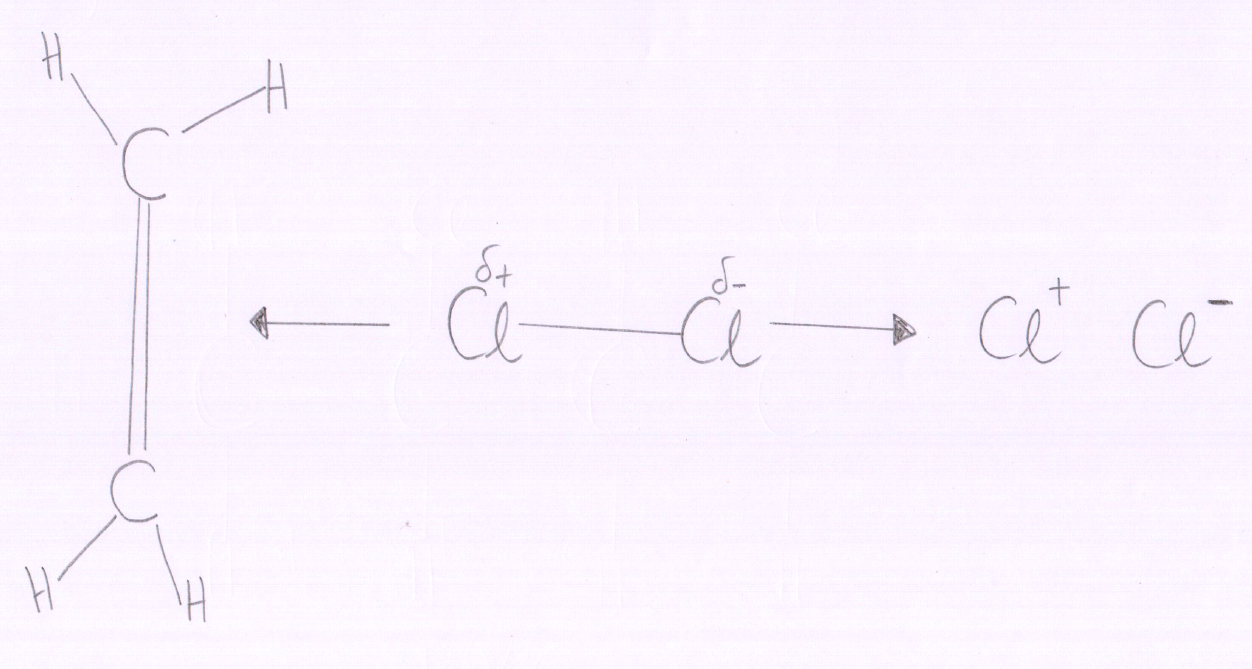
As the chlorine molecule moves towards ethane it becomes polarised by the double bond, causing the Cl-Cl bond to break.
2.
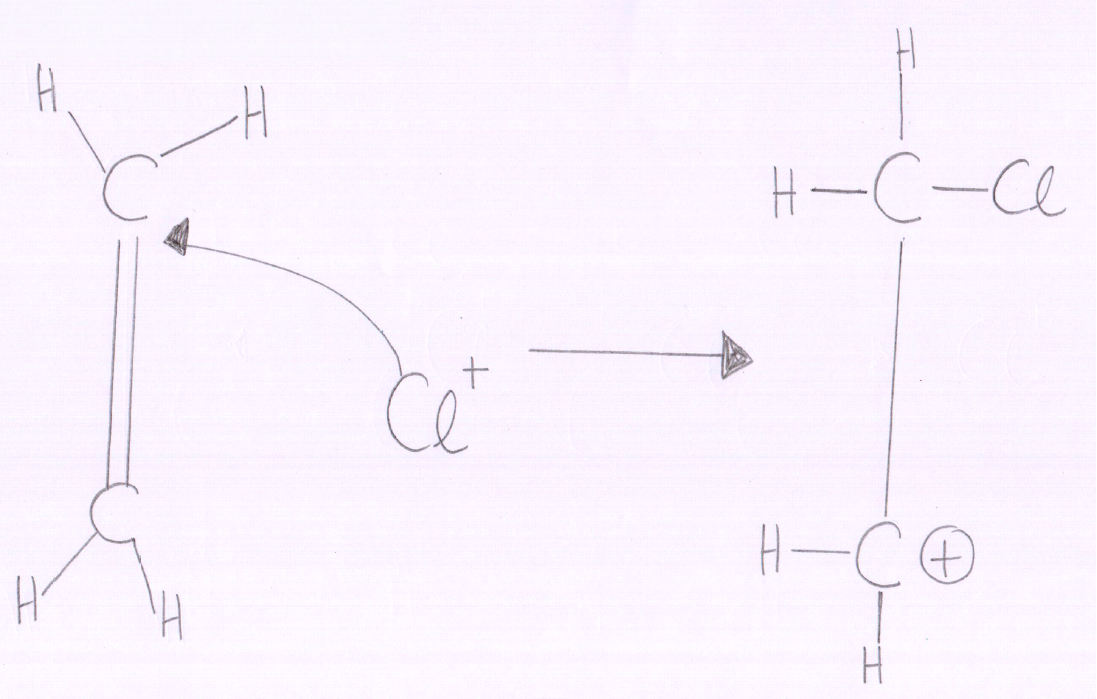
The Cl+ attaches to one carbon forming a positively charged intermediate.
3.
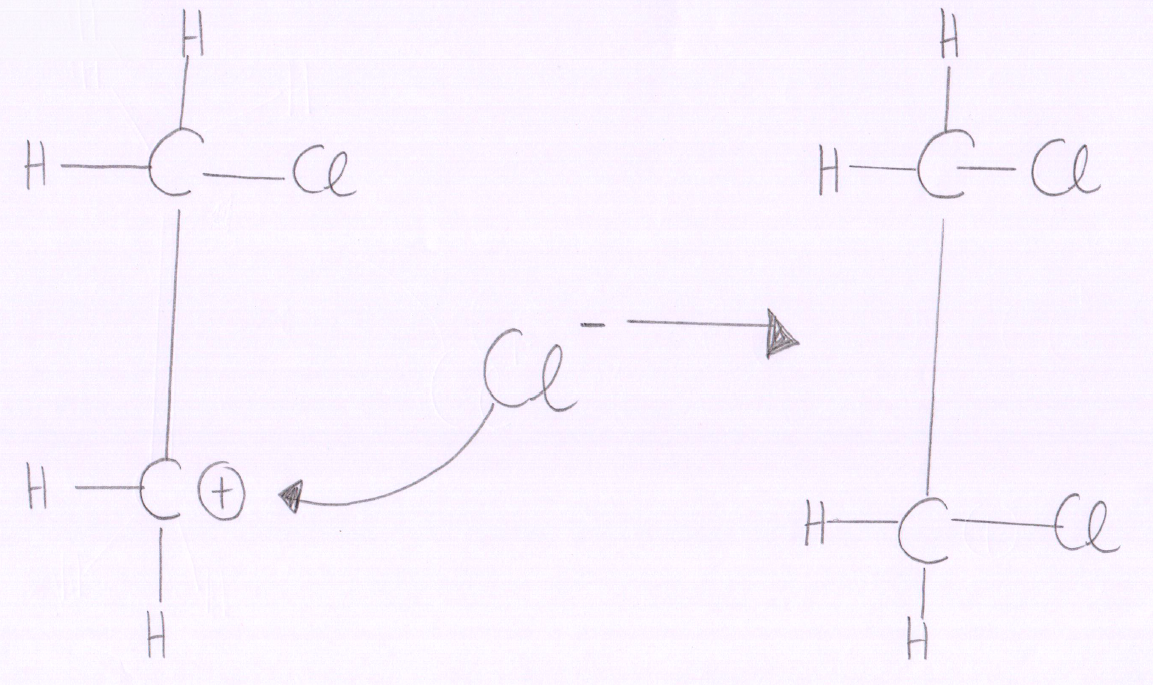
The Cl- attacks the positively charged intermediate and 1,2-chloroethane is formed.
(d)
Chloroethene
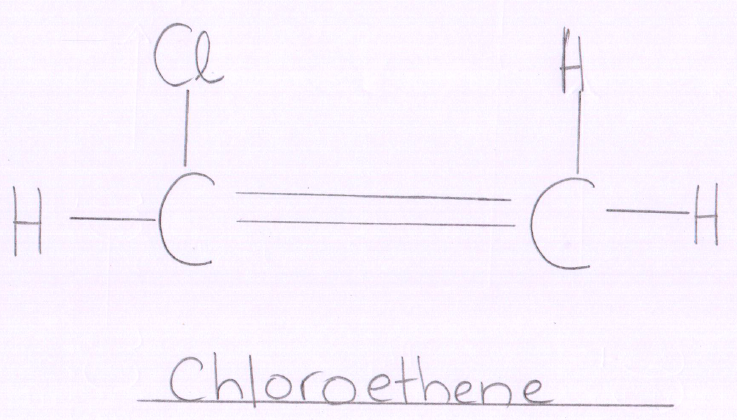
(e)
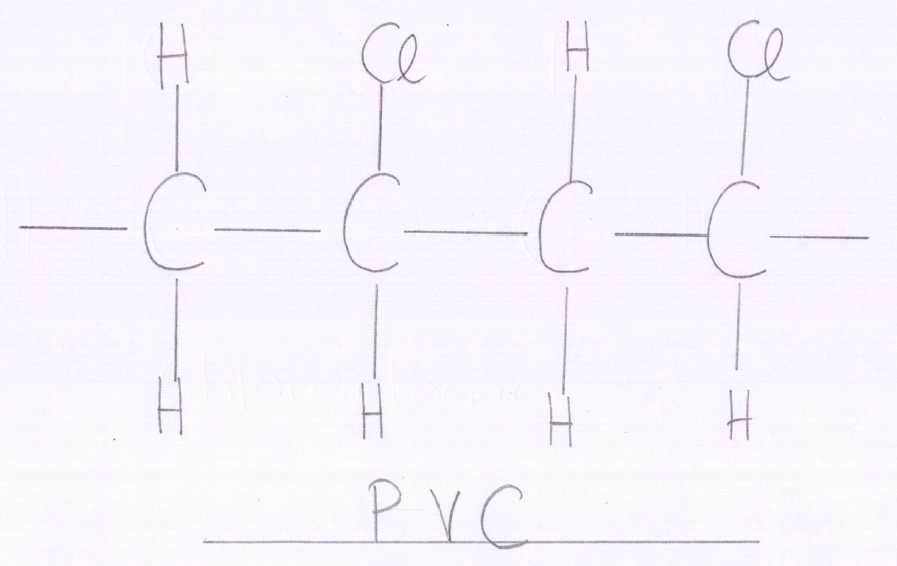
Organic compounds are grouped into families called homologous series.
Conversion X: Addition reaction
The carbons change from planar carbons to tetrahedral carbons.
(b)
(i) CL2/UV
(ii) HCl
(iii) CL2
(c)
Mechanism of reaction W:
1.

As the chlorine molecule moves towards ethane it becomes polarised by the double bond, causing the Cl-Cl bond to break.
2.

The Cl+ attaches to one carbon forming a positively charged intermediate.
3.

The Cl- attacks the positively charged intermediate and 1,2-chloroethane is formed.
(d)
Chloroethene

(e)

